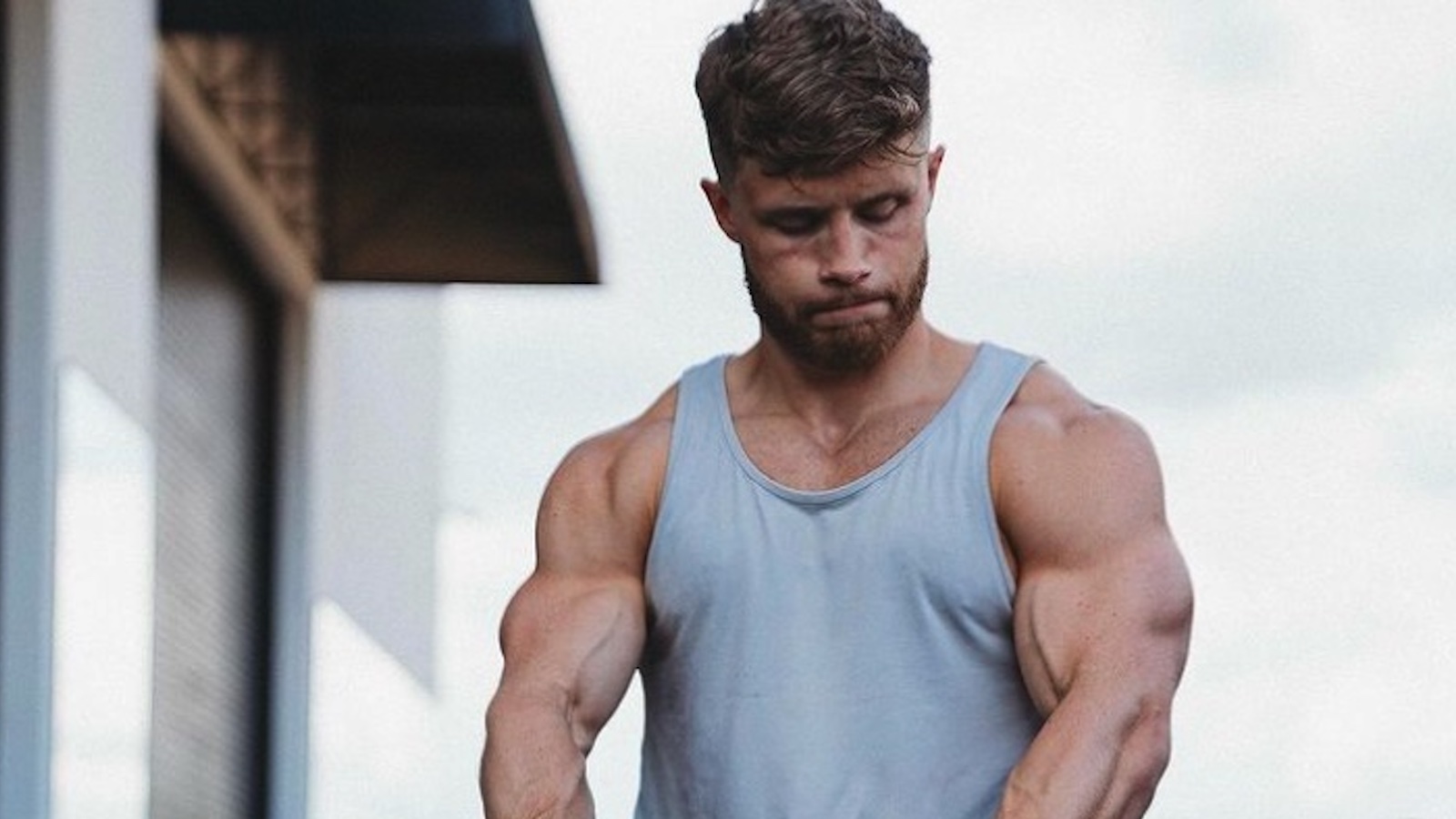Build 3D Shoulders: 6 Key Delt Exercises by Jeff Nippard

How Jeff Nippard Uses Science to Sculpt a Three-Dimensional Physique
Leading Canadian natural bodybuilder and powerlifter, Jeff Nippard, utilizes scientific principles to develop a perfectly sculpted, aesthetic physique. His strategic approach to conditioning his shoulders results in a three-dimensional look. Nippard’s routine exercises each deltoid head: front, rear, and lateral, to achieve this three-dimensional aesthetic.
In a recent training tutorial released on Nov. 30, 2023, on his YouTube channel, Nippard teamed up with exercise scientist Dr. Mike Israetel. Check out the tutorial below:
[Check out more: The 4 Back Exercises Ryan Terry Trained to Win the 2023 Men’s Physique Olympia]
Front Delts: Machine Shoulder Presses & EZ-Bar Front Raises
Beginning with the front portion of the shoulders, Jeff Nippard adopts the shoulder press technique. By performing this exercise while seated, you ensure better stability and maximize tension on your shoulders. The increased stability also allows you to press closer to mechanical failure without elevating the risk of injury.
Nippard further promotes unilateral pressing to correct shoulder strength imbalances. He usually targets six to 10 reps per set with a concentrated mind-muscle connection to effectively engage the target muscles.
For the front delts, Dr. Israetel advocates the EZ-bar front raise with an underhand grip. This technique offers an extensive range of motion without putting undue stress on your joints.
Side Delts: Lateral Raises & Cable Y-Raises
Moving onto the medial deltoid, often the most underdeveloped portion of the shoulder, Dr. Israetel prefers a super-range of motion lateral raise. Nippard’s preferred choice for side delts is the cross-body cable Y-raise.
Rear Delts: Reverse Cable Flyes & Reverse Pec Decks
For the rear delts, the duo recommends reverse cable flyes. To ensure muscle balance, Dr. Israetel suggests alternating which hand is on top at the bottom of each set.
“Minimizing the load while maximizing muscle involvement is a significant aspect.”
Deltoid Anatomy and Training
As explained by Nippard, the front delts work hard during chest exercises, while the rear deltoid receives a significant load during back workouts. Thus, the focus during shoulder training should be on the medial delts, which should cover 70-90 percent of your shoulder workout.
“When you see someone with big shoulders, it’s the side delts that really count.”
[Read More: The 8 Exercises Dana Linn Bailey Uses for Shoulder Hypertrophy]
Explore More Training Content
Featured image: @jeffnippard on Instagram
—
Read More Health & Wellness News; US Lifestyle News



Leave a Comment